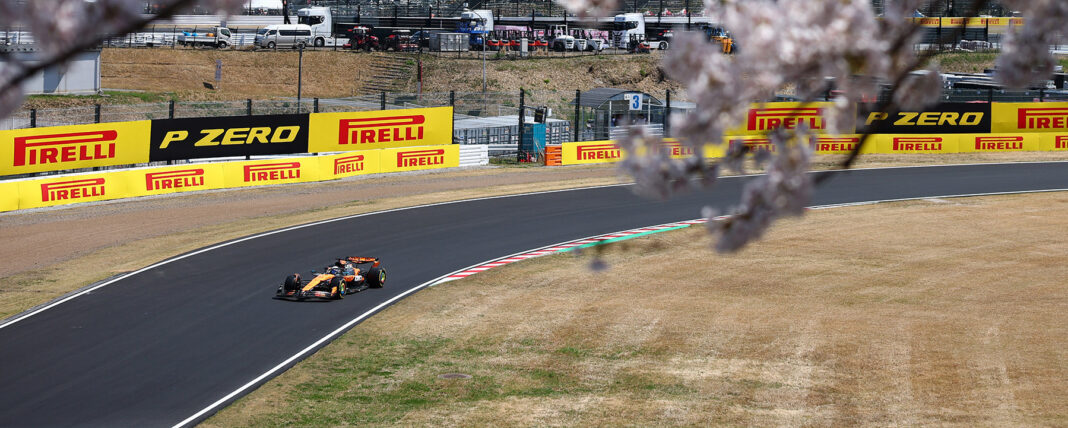
SIMONE BERRA – PIRELLI CHIEF ENGINEER
“In some respects, this was a difficult day to assess, because in the second session, no one was able to run with any continuity because of the four red flags. However, we were still able to draw some important conclusions. The first point is that the track proved to be significantly quicker than last year, considering that Piastri’s best time is already lower than the pole time from 2024. That’s down in part to the natural progression of the current generation of cars and also, significantly, to the increased grip from the new track surface, from the exit of the final chicane to the end of the first sector. In fact, over half the time improvement from last year to this one, can be attributed specifically to that first sector, based on FP1 times.
“Even though no one managed to do any long runs in the second session, we managed to gather some data from the first one, when several drivers did a long series of laps, split between different compounds. In general, apart from a few exceptions, we did not see any graining and it became clear that, on paper at least, all three compounds could have a role to play in the race. Furthermore, unlike in 2024, three quarters of the drivers opted not to save both sets of Hards.
“The level of degradation seen on the long runs today is lower than expected, which could suggest that a one-stop strategy might be more competitive than a two-stop, which theoretically was considered to be the quickest. We’ll see how the situation evolves, also taking into account the weather, as rain is forecast overnight from Saturday to Sunday.”
Automobile Magazine

















